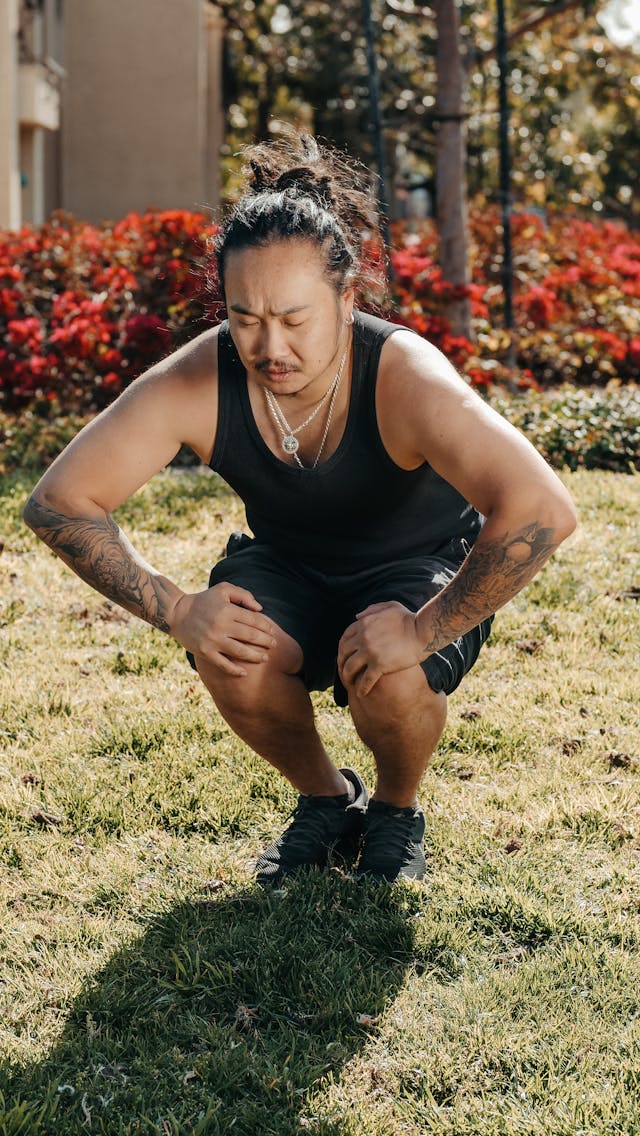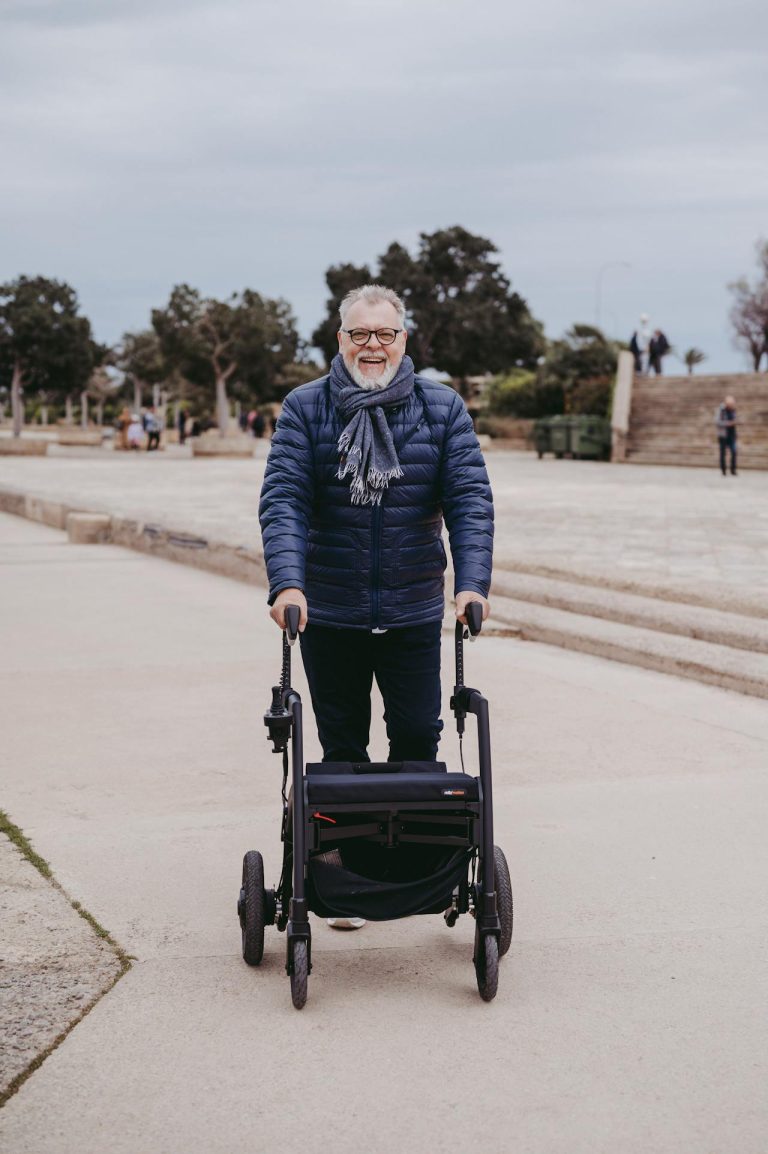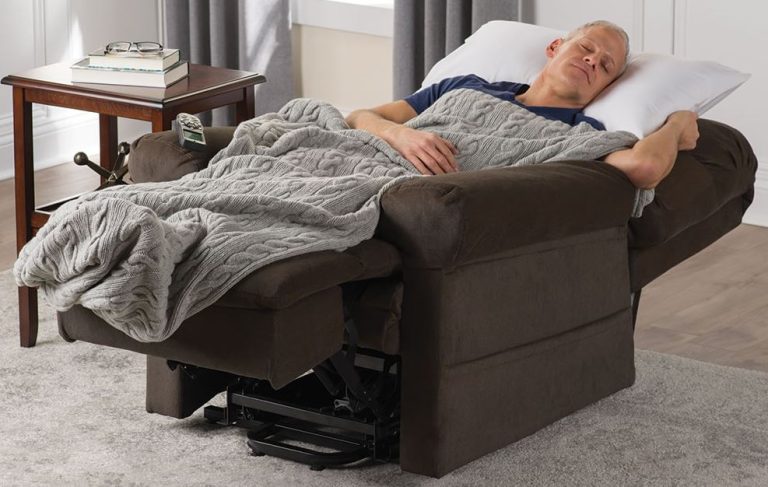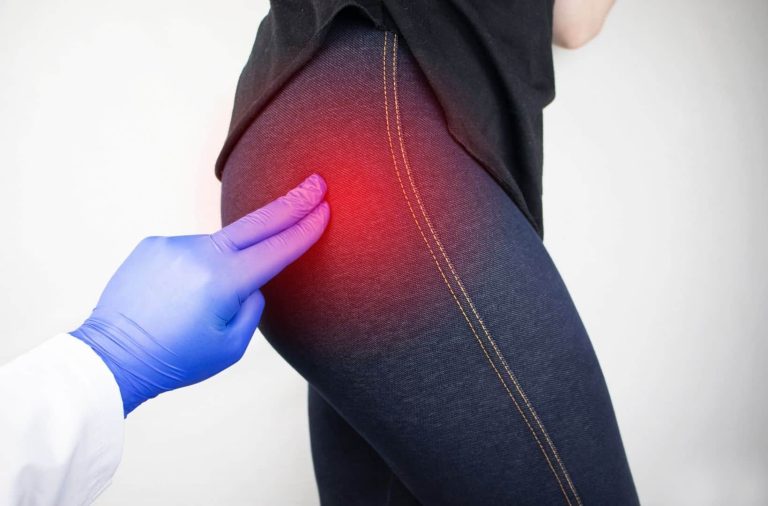Are Squats Bad for Sciatica
Squats are not inherently bad for sciatica, but improper technique can exacerbate symptoms. Proper form and modifications are crucial.
The question “are squats bad for sciatica” is common among those suffering from this condition. Squats, a fundamental exercise for building lower body strength, can indeed be beneficial if performed correctly. However, if done improperly, they may worsen sciatica symptoms due to increased pressure on the lower back and nerves.
The Benefits of Squats for Sciatica
First, squats can help strengthen the muscles supporting the spine. Stronger muscles can reduce the load on the spine and alleviate pressure on the sciatic nerve. Additionally, squats can improve hip flexibility and stability, which are crucial for sciatica patients.
Scientific Evidence Supporting Squats
Several studies suggest that targeted exercises can relieve sciatica symptoms. According to a study published in the Journal of Physical Therapy Science (2016), strengthening and stretching exercises, including squats, significantly reduced pain and improved function in sciatica patients. Moreover, a 2015 study in Spine found that core stabilization exercises, which often include squats, were effective in reducing sciatica pain.
Potential Risks of Squats for Sciatica
Despite their benefits, squats can pose risks for sciatica patients if not performed correctly. Poor form can lead to excessive spinal loading, worsening nerve compression.
Common Mistakes
Incorrect Alignment: Misalignment of the knees and feet can increase stress on the lower back.
Excessive Forward Lean: Leaning too far forward shifts the weight to the lower back.
Improper Depth: Squatting too low can place undue stress on the lumbar spine.
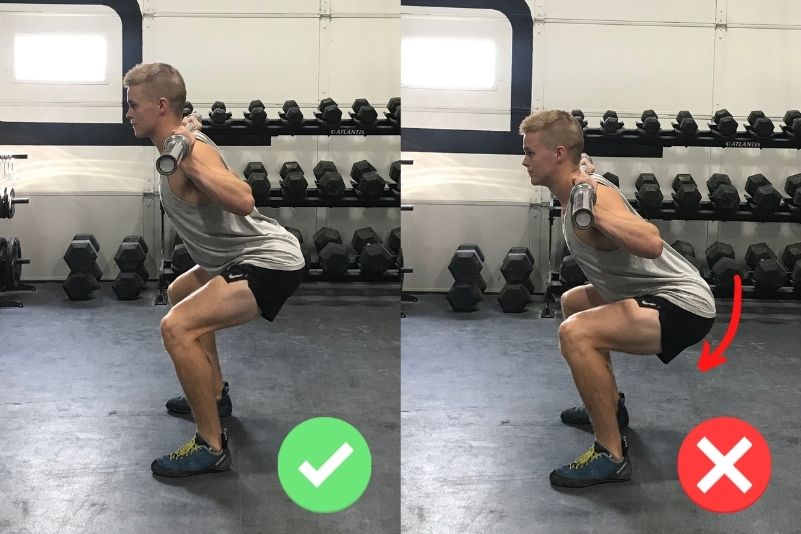
Modifications to Make Squats Safe for Sciatica Patients
To safely incorporate squats into a fitness routine, consider these modifications:
Use a Stability Ball
Perform wall squats with a stability ball. This reduces stress on the lower back and ensures proper alignment.
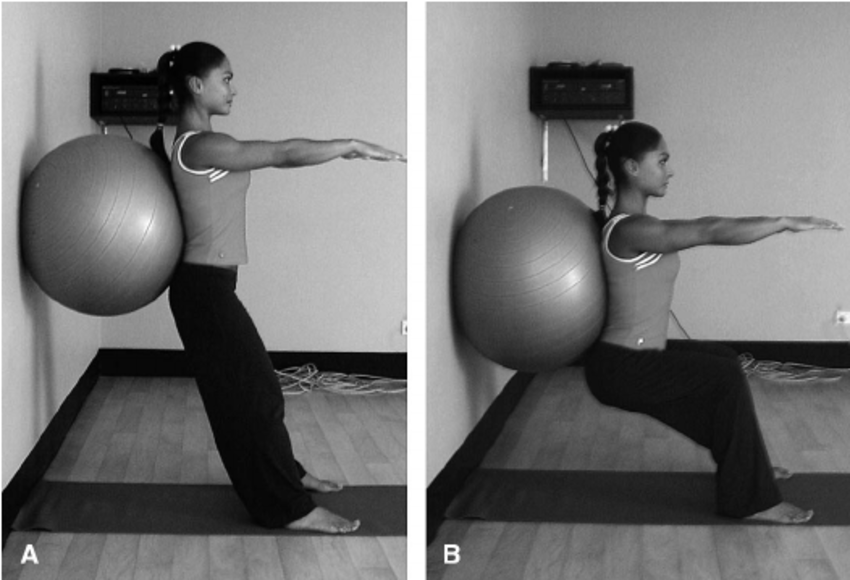
Limit Range of Motion
Squat only to a comfortable depth. Avoid going below parallel to minimize spinal stress.
Focus on Form
Keep the chest up, back straight, and knees aligned with the toes. Use a mirror to check form.
Alternative Exercises for Sciatica
If squats are too painful, consider these alternatives:
Glute Bridges: Strengthen the glutes and hamstrings without stressing the lower back.
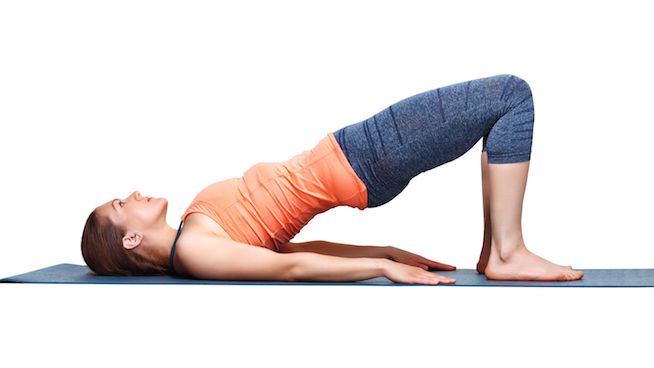
Step-ups: Improve leg strength and stability while minimizing back strain.

Seated Leg Press: Provides a safe way to build leg strength without loading the spine.

Medcareline.com: Your Resource for Sciatica Care
At Medcareline.com, we provide comprehensive information on managing sciatica. Our posts cover exercises, treatment options, and tips for daily living. We aim to help sciatica patients live pain-free lives.
Statistics on Sciatica and Exercise
According to the American Academy of Orthopaedic Surgeons, 10-40% of the population experiences sciatica at some point. Moreover, the Journal of Neurosurgery: Spine (2014) reports that exercise therapy is effective in 60-70% of sciatica cases.
Conclusion
So, are squats bad for sciatica? Not necessarily. When performed with proper technique and modifications, squats can be beneficial for sciatica patients. However, improper form can exacerbate symptoms. Therefore, it’s crucial to focus on form, consider modifications, and consult healthcare professionals. For more information on managing sciatica, visit Medcareline.com and explore our range of informative posts.
References
- Journal of Physical Therapy Science (2016). “Effect of Core Strengthening Exercises on Sciatica.”
- Spine (2015). “Effectiveness of Core Stabilization Exercises for Patients with Sciatica.”
- Journal of Neurosurgery: Spine (2014). “Exercise Therapy for Sciatica: A Systematic Review and Meta-analysis.”
- American Academy of Orthopaedic Surgeons. “Sciatica.”

